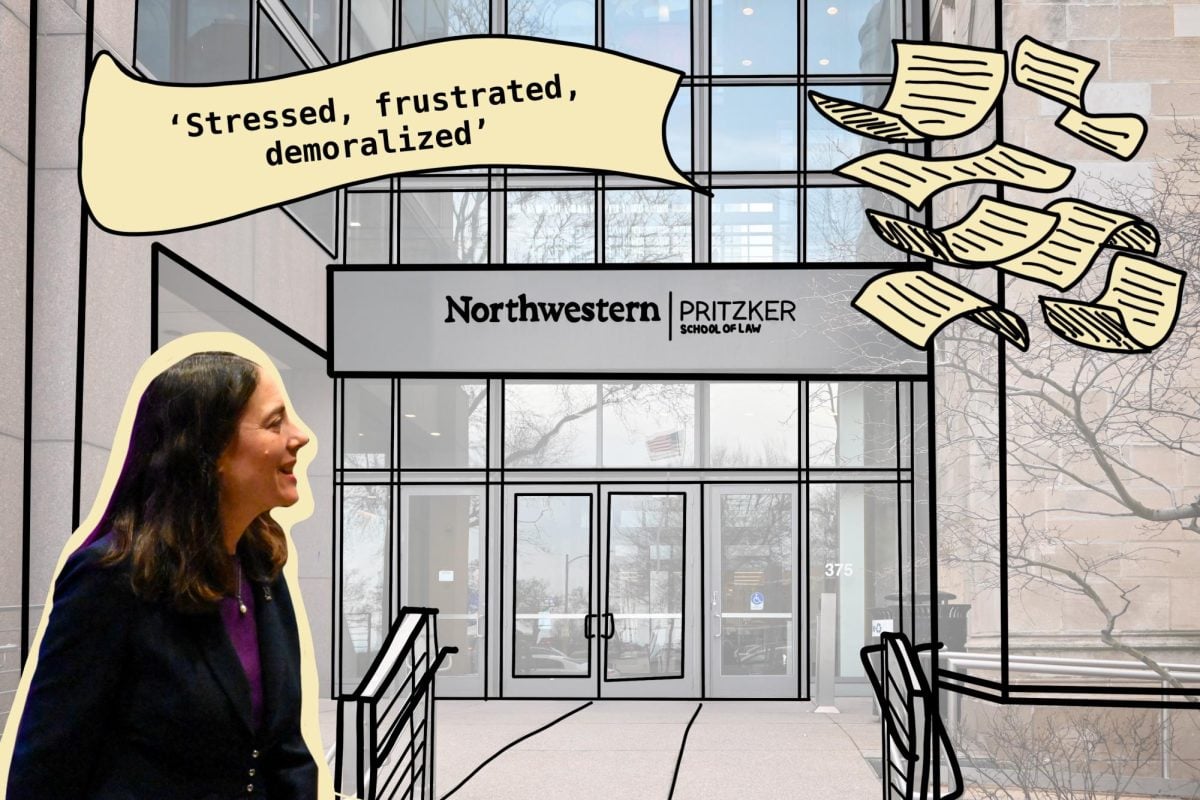The United States Department of Education unveiled a new standardized financial aid reward letter Monday, a move it hopes will make comparing offers from various schools easier for prospective college students.
The new sheet, which department officials hailed as a step forward in “unraveling the mystery of higher education financing,” outlines the exact amounts students will be required to pay for their education, including details on interest payments and the differences between grants and loans.
“Post-secondary education is the ticket to economic success in America,” said Secretary of Education Arne Duncan, who presented the new sheet alongside Richard Cordray, head of the Consumer Financial Protection Bureau. “We’re working to arm parents and students with the critical information they need to make smart educational decisions, so they can know before they owe.”
Both officials described the current aid system as a confusing one, in which students are faced with letters that use incomplete calculations and obscure jargon when describing financial awards. Cordray said mounting issues with student debt underscored the need for greater simplicity in financial aid, pointing to a recent CFPB study that found roughly $8 billion in defaulted student loans. Cordray said the new award sheet spells out specific contributions that both the student and the student’s family must make in an era dominated by increased tuition costs and loans.
“The cost of higher education has skyrocketed, being able to afford a college degree is difficult, and borrowing for school is a fact of life,” said Cordray, who argued the new sheet was a step forward in convincing Americans that the financial world is more navigable than they may think.
The sheet will also detail student’s federal loan options, a feature Cordray said would deter students from immediately resorting to high-interest private loans when cheaper and possibly more forgiving federal options were available.
In the hope of encouraging schools to begin using the new sheet, Secretary Duncan released an open letter Tuesday to college and university presidents, in which he urged them to adopt what he called a more transparent approach to financial aid.
Although Duncan said the Department of Education could not bring any sort of pressure on educational institutions to accept the sheet, he rejected claims that schools would be hesitant to adopt the sheet and argued it was in their own self-interest to do so.
“This is not rocket science, it’s a triumph of common sense,” Duncan said. “I think there is a huge self-incentive to participate, because if they’re not, parents and students may be wary of why they’re not participating.”
The sheet has already received significant support from large university systems, including the State University of New York and the University of Texas. In early June, after a meeting with Vice President Joe Biden and officials from the Department of Education and the CFPB, 10 university presidents committed to using the sheet for the 2013-2014 academic year.
Cordray could not specify all 10 of those schools, but said they included the State University of New York and the University of Texas, and that their combined student body totaled roughly 1.5 million.







